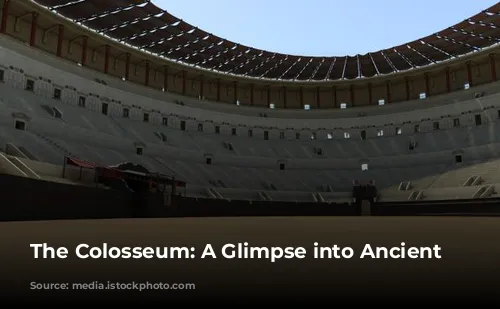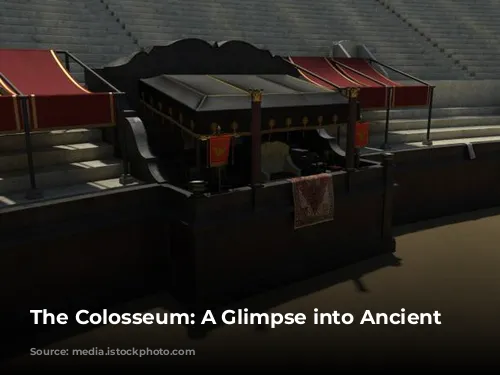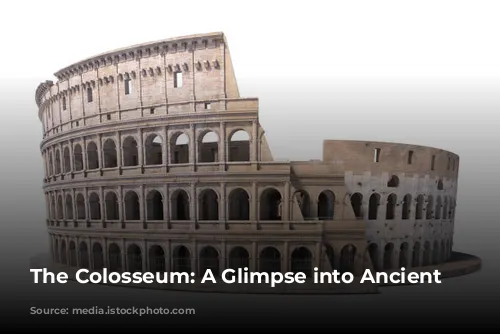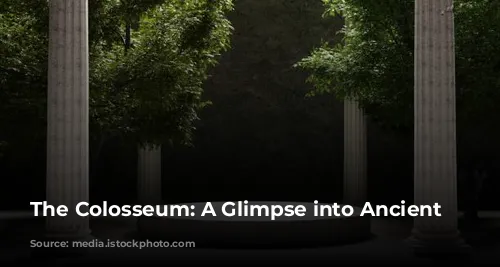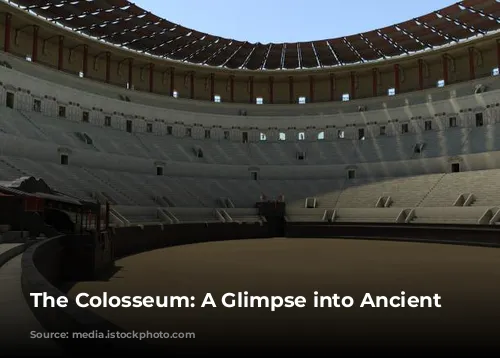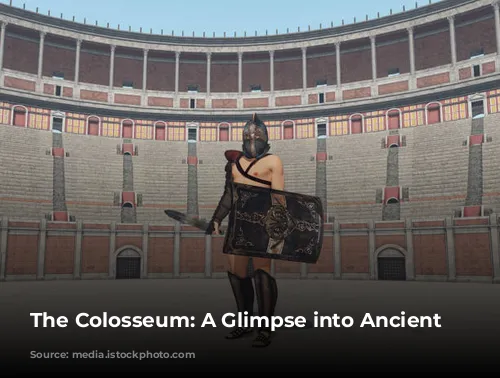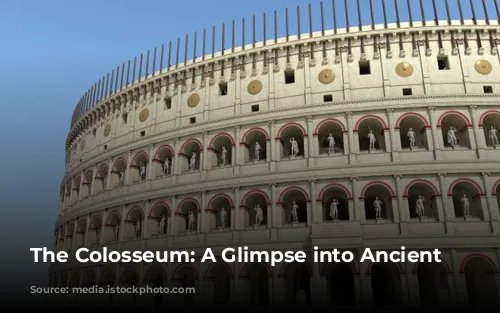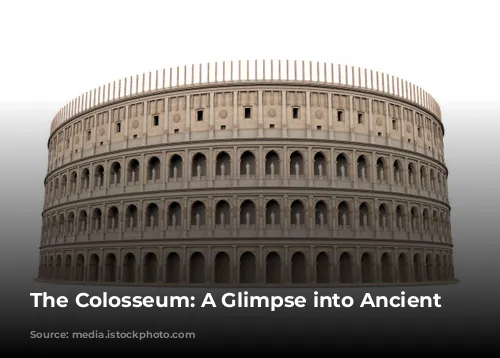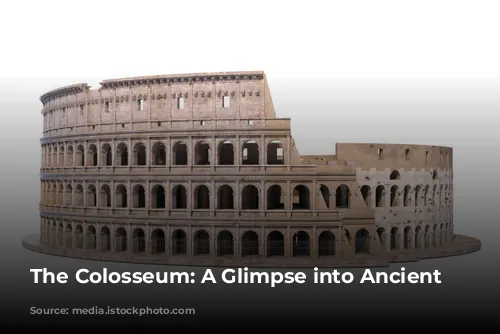The Colosseum is a must-see for anyone visiting Rome. It’s not just a building; it’s a testament to the Roman Empire’s power and grandeur. As the most visited site in both Rome and Italy, attracting a staggering 7.5 million visitors in 2019, it’s a truly iconic landmark.
But with a variety of ticket options, including standard access, arena entrance, and even underground tours, it can be overwhelming to decide what to see. Don’t worry! This guide will break down the different areas and help you choose the best experience for your visit.
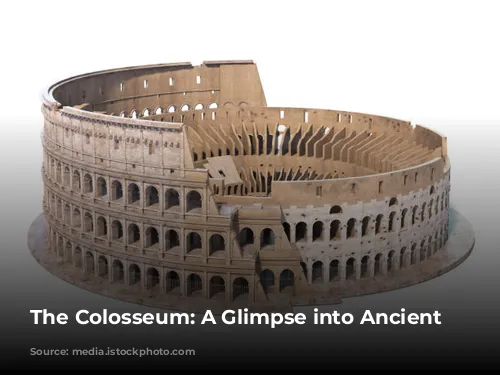
Understanding the Colosseum: A Journey Through Time
It’s important to understand that the Colosseum wasn’t just a stadium – it was a massive amphitheater, a double theater that hosted some of the most thrilling and lavish events in the Roman world. Imagine a day filled with animal hunts, public executions turned into spectacles, and the legendary gladiator combat we’ve seen in movies.
The Colosseum was also surprisingly modern for its time. It had numbered entrances, seating based on social status, similar to our modern sports arenas. Plus, it was equipped with amenities like a retractable awning for sun and rain, toilets, food stalls, betting shops, and even souvenir stands! It’s clear that even in ancient Rome, people loved to enjoy a day out at the games.
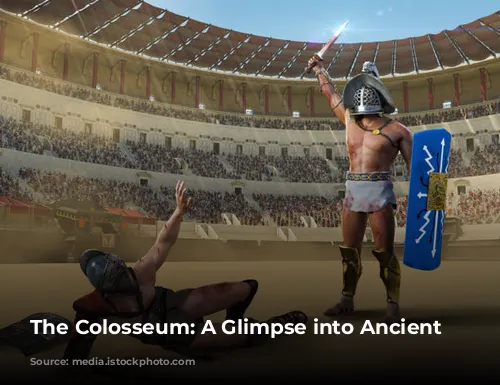
Exploring the Colosseum: From Ground Level to the Top
For those visiting today, the Colosseum offers several levels to explore:
-
From the ground level, you can witness the remains of the original outer ring and get a sense of the building’s sheer scale.
-
The second level allows you to peek into the arena and the underground from above, giving you a real appreciation for its size.
-
The platform near the shop offers breathtaking views of the Arch of Constantine and the Temple of Venus and Roma.
Don’t forget to explore the permanent exhibition space inside, where you can discover fascinating reconstructions of the underground machinery, graffiti left by spectators, and even artifacts found in the sewers, including remains of food and souvenir oil lamps.
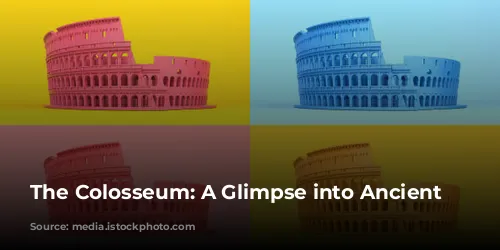
Beyond the Walls: The Colosseum’s Secrets and Stories
The Colosseum is more than just a magnificent structure; it’s a treasure trove of stories.
-
Over 100,000 cubic meters of travertine stone were used in its construction – enough to fill 300 carts a day for six years!
-
Over 300 tonnes of iron were removed from the Colosseum over the centuries, leaving behind the distinctive holes we see today.
-
An estimated 250,000 people worked on the Colosseum, not just slaves, but skilled artisans, engineers, architects, and sculptors.
-
In 1937, the Colosseum metro was built, running along the southwest end of the building, sometimes even causing vibrations felt from within the arena.
-
While the Colosseum is famous for its gladiatorial battles, it wasn’t always to the death. Gladiators were too expensive to lose every time, so the focus was often on skill and entertainment.
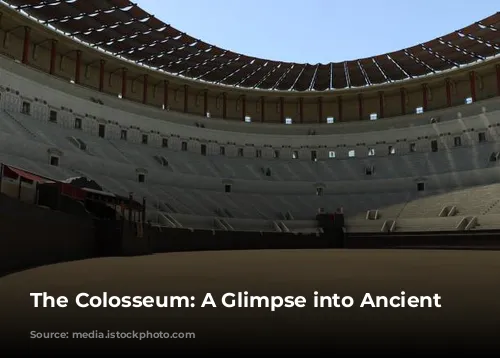
A Lasting Legacy: The Colosseum’s Enduring Impact
The Colosseum remains a symbol of Rome’s enduring legacy. It’s a reminder of the grandeur and ingenuity of a bygone era, and it continues to inspire awe and wonder in visitors from around the world.
Despite the passage of time, the Colosseum continues to be a source of fascination and intrigue. From its construction to its history and its enduring presence in the heart of Rome, it’s a monument that will continue to captivate and inspire generations to come.
